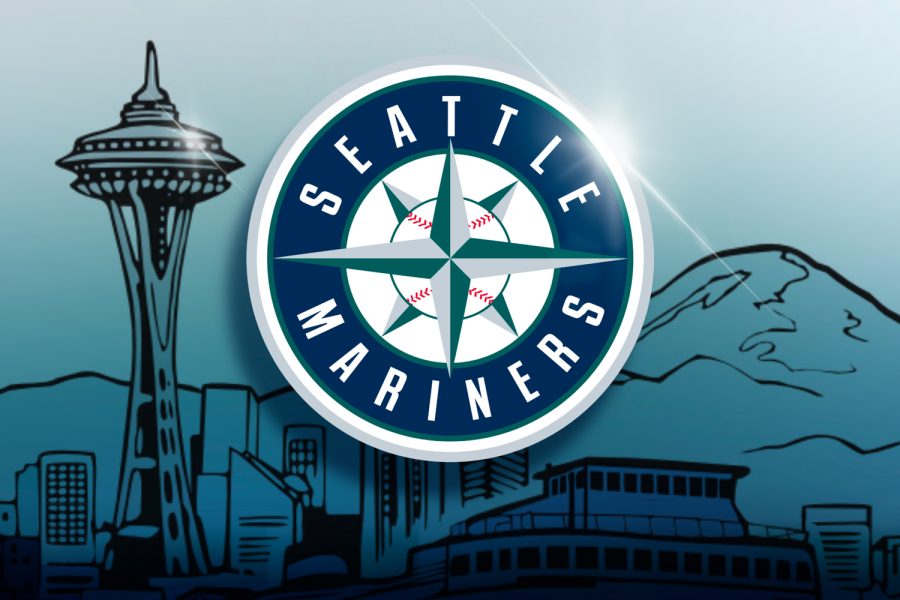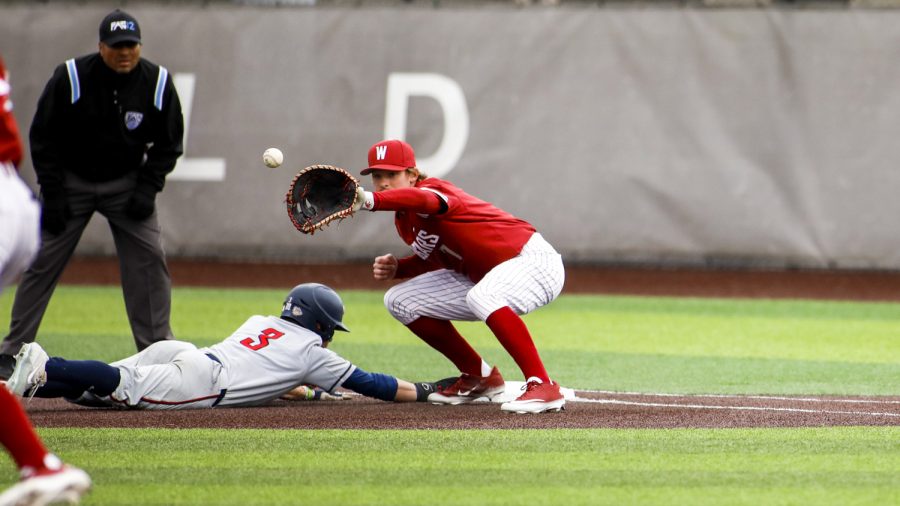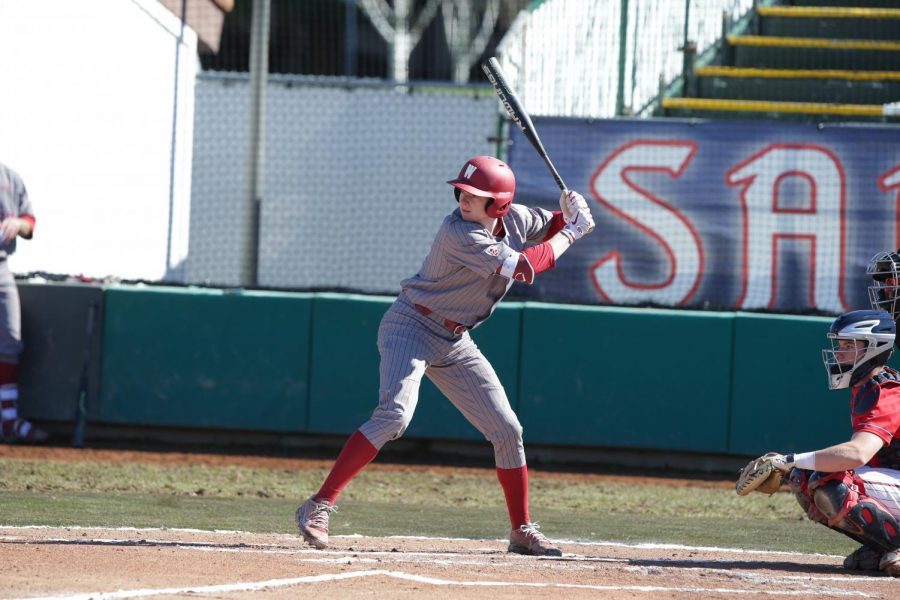The Seattle Mariners 2024 season has come to an end, and once again, fans are asking the question; what went wrong this time?
Years of failures due to bad coaching, bad trades, bad prospect development, and bad money management caused the Mariners to miss the playoffs twenty years in a row, from 2002-2021, but this year there was hope. The playoff-less streak ended in 2022 and the Mariners were fielding a team of stars for 2024.
No longer was the team coached poorly, or so we thought. Scott Servais had received manager of the year votes in 2022 and was the team’s longest-tenured manager, a testament to his ability to win and get the most out of his players.
The team had traded for 2B Jorge Polanco, RP Gregory Santos and OF Luke Raley, in what were all viewed by fans as smart moves. They had spent money to acquire DH/C Mitch Garver, fresh off a World Series with the Rangers, and had traded away the bad contracts of Robbie Ray and Marco Gonzales.
Of course, the key to the Mariners’ success in 2024 was always going to be about their young core. Julio Rodriguez, George Kirby, Logan Gilbert, Cal Raleigh, Bryce Miller, Bryan Woo, Andres Munoz and JP Crawford, among others. All success stories from the Mariners farm system, players the team had either drafted, signed or traded for at a young age and developed into young stars.
It felt like the team had checked the boxes. They had young stars, veteran leadership (Mitch Haniger, Luis Castillo, Ryne Stanek), breakout candidates (Woo, Miller, Dominic Canzone), consistent role-players (Dylan Moore, Tayler Saucedo, Josh Rojas) and a strong supporting cast of newcomers and returners.
Yet the team fell below nearly every projection. Yes, they secured their fourth straight winning record, achieving something that has never been done in franchise history. But at 85-77, the title of “winning team” felt more like a consolation prize than anything else. Once again, for the 22nd time in 23 seasons, and the third time in their four-year winning streak, the Mariners are sitting at home watching their rivals in the postseason.
So again, the question emerges: what went wrong?
The Mariners were not a statistically bad team in 2024. In fact, if you look at the stats alone, the team should have been a playoff team. By any measurable metrics, the Mariners were a top-ten team in baseball, yet they finished with the 14th-best record in a league in which only the top-12 advance.
The Mariners led the MLB in ERA as a team, with a mark of 3.49. In runs scored, the team was 21st, not great, but in wrc+, a stadium-adjusted metric that measures the total offensive production of a team, they were 12th. The team had a +69 run differential (sixth-best in the American League), and an expected record of 89-73. Had they won 89 games, they would have been the fifth seed.
However, there are two categories where the Mariners stand out statistically. Batting average (AVG) and strikeout percentage (K%). These two stats almost single-handedly killed the Mariners in 2024.
Although they ranked 15th in on-base percentage, the Mariners were 29th in AVG, with a team mark of .224. That was only better than the historically bad White Sox team that hit .221 collectively.
Modern baseball analytics says AVG does not matter, home runs and walks are the only things that matter. And while it is true that hitting for a high AVG is less valuable than it was once perceived to be, there is still value in getting hits.
The Mariners walked a lot (fourth most in baseball), which helped them field a respectable on-base percentage, but walks only give you a single base. A walk may be more valuable than a single if it adds more to the pitch count of whoever is on the mound, but doubles and triples will always be more valuable than walks and the Mariners struggled in that area. The team was 27th in doubles and 29th in triples.
So why were the Mariners not getting hits? The ballpark could play a role, as T-Mobile Park’s Marine Layer is known for turning home runs into flyouts. One thing the Marine Layer should have no control over is the team’s ability to make contact, which was, to put it plainly, not good.
The Mariners led the league in strikeouts, as they went down on strikes 26.8% of the time, tying the Rockies for the highest K% in baseball. To an extent, this was because certain players were pressing, trying too hard to play hero ball and going for the home run instead of playing for contact. However, there was a larger issue with the team’s philosophy of “control the zone,” which appears to have backfired on them in 2024.
The Mariners have repeated the mantra “control the zone” as a way to express their goal to always control the strike zone. From a pitching perspective, it works brilliantly, as the Mariners limited walks and dominated opposing batters. However, as batters, it meant the Mariners were extremely picky about their swing selection, which is why the team watched so many strikes go by. The Mariners led the MLB in looking strikeouts in 2024, and although it is not a stat that gets recorded, it would be reasonable to assume the team probably led the league in looking strikes overall.
Leaving so many strikes on the board means players fall behind in the count. Instead of fighting off a pitch close to the zone by fouling it off, the Mariners would be called out while watching a borderline pitch. Instead of taking a hack and making contact, the Mariners were willing to go down early in the counts as they refused to swing at any pitch that was not in the zone.
The spot where the strikeouts were so noticeable was situational hitting. The Mariners struggled getting baserunners into scoring position and then from scoring position to across home plate. Productive outs, which include deep flyouts, ground balls, bunts and fielders choice plays that advance a runner, are important, particularly in close games. The Mariners played a lot of close games and lost many by only a run. Perhaps more productive outs and fewer strikeouts would have helped them advance runners and win by simply playing small ball.
The other problem that plagued the Mariners in 2024 was inconsistency. The team scored plenty of runs, but the runs often came in bunches. The Mariners would appear lifeless for three games, losing 2-1, 3-1, 4-2; then explode for a 10-2 walloping in the fourth game. They may have outscored their opponents for the series, but they would still lose the series because instead of spreading their runs across multiple games, the Mariners tended to score mostly in bunches or not at all.
A good question could be why did the Mariners so often fall asleep and fail to score? They were clearly talented enough to do so, as evident by their frequent eight-plus run breakouts. So why could they not do it consistently?
Particularly, the team suffered by losing in day games and against inferior opponents. Seattle dropped eight games to the Angels, a bottom-five team in the league. They also lost series to the Marlins, Athletics, Rays, Red Sox, Pirates and Nationals, all teams that finished with records of .500 or worse. The Tigers, who beat out the Mariners by a single game for the final playoff spot in the American League, were 5-1 against Seattle.
Perhaps the team simply was not motivated enough against bad teams. Perhaps they were too tired in the day games. Those would be problems that can be blamed on former manager Scott Servais, who was fired midseason. One of the primary jobs of the managers is to motivate and energize the team for every game, even the ones that may not appear to hold as much weight.
The firing of Scott Servais appeared to have worked, though the sample size was small. The Mariners were a .500 team at the time of his dismissal and finished eight games above .500 with Dan Wilson at the helm. However, that was in large part due to an 8-2 finish that included playing the injury-wrecked Rangers and the bottom-feeding Athletics. Still, the team seemed to play better under a new coach. Maybe the team waited too long to fire Servais. Perhaps if they had made the switch to Wilson sooner, they would have found enough momentum to reach the playoffs.
There is more than one reason the Mariners failed to make the playoffs. Yet, none of it would have mattered if not for one game.
On June 7, the Mariners led the Royals in Kansas City 8-0 going into the bottom of the fourth. The M’s had scored seven runs in the first inning and looked like they would be cruising to victory.
MJ Melendez cut their lead in half with a three-run home run in the bottom of the fourth, but even after the Royals rallied for a three-run sixth inning, the Mariners held a 9-7 lead going into the bottom of the ninth.
A walk followed by a crucial throwing error from Josh Rojas gave the Royals hope. Bobby Witt Jr. tied the game with a triple, and with the bases loaded, a fielder’s choice won the game for Kansas City.
Had the Mariners not blown an 8-0 lead to the Royals on June 7, they would have won 86 games, and the Royals, who finished with 86 wins, would have won only 85.
Despite glaring strikeout issues, coaching problems and offensive inconsistency, the Mariners were a blown 8-0 lead away from being in the postseason.
Can you chalk it up to bad luck? No, that would be giving the team an easy excuse, a way out of responsibility. There were real problems with the 2024 Seattle Mariners. The fact that they were that close shows how talented they are and should convince the team to continue investing in their core.
It might be a long offseason for Mariners fans, but if the team makes the right moves to help their core win, they will be back in the mix sooner than later.








